Planning to Buy a Car? Find Out the Best Months for Awesome Deals!
India’s love affair with cars continues to grow stronger, with the automobile industry showcasing remarkable resilience. According to the latest industry data, India witnessed an increase in total vehicle sales, with passenger vehicle sales reaching 38,90,114 units in FY 2022-23 as compared to 30,69,523 units in the previous year. This reflects the growing aspirations of India’s burgeoning middle class.
Speaking of the growing middle class, buying a car is a significant milestone, a decision that blends practicality with passion. But, beyond the make and model, there’s another crucial factor that often goes overlooked – timing. In India’s dynamic auto market, the timing of your car purchase can significantly impact the deal you get. That’s when the most crucial questions arise- when is the perfect month to drive home the dream car, what are the nuances of ‘when to buy a car in India’, and how can we decode the ideal months for the dream car purchase. You can also check car insurance calculator which is a useful tool that helps individuals estimate their insurance premiums based on various factors such as vehicle type, location, driving history, and coverage options.
Let’s take a journey through the calendar year and uncover the best months to buy a car in India:
New Year, New Models (January-February): As the new year begins, automakers unveil their latest models and Auto Expos also showcase new models and concepts that generate excitement amongst the early adopters. While this may lure buyers, there are dealers who often offer significant discounts to clear old model-year stock. The clearance sales include year-end bonuses, making it ideal for bargain hunters looking for last year’s models.
Financial Year-End Closures and Offers (March): March is significant for both buyers and businesses as the financial year ends. The car manufacturers and dealerships often pull out all the stops to attract buyers. Attractive incentives, discounts, and offers make March an excellent time for car shopping, especially if you’re looking for tax benefits.
Mid-Year Lull (April to June): This is the period after the year-end and before the festivities and therefore, it has been seen that there is a slow-down in car sales. In order to increase sales, dealerships offer attractive discounts and financing options, which can turn to your advantage.
Monsoon Blues (July) – The monsoon season often results in lower car sales due to weather-related concerns. To maintain cash flow, dealerships may offer attractive deals to boost sales during this period.
Pre-Festive Shenanigans (August): This is the time when India is preparing for festivals and getting in the excitement for pre-festivities. The month begins with early bird offers. Companies create anticipation for upcoming festival deals and buyers can start planning purchases for the festive season.
The Festival Favorites (September-November): The most exciting time – India’s festive season, from Diwali to Dussehra and Christmas, witnesses a surge in car buying. During this period, automakers roll out enticing discounts and special offers, creating an excellent opportunity for a lucrative deal. If you are planning to buy a car, the festive season can be a good time to welcome the new addition to your family.
Year-End Deals (December): As the year concludes, dealerships are often eager to meet sales targets, leading to substantial discounts. Additionally, manufacturers prepare to introduce new models in January, motivating dealers to clear out the previous year’s stock. With year-end savings, December is indeed a great option for people looking forward to buying a car.
 Planning to Buy a Car? Find Out the Best Months for Awesome Deals!
Planning to Buy a Car? Find Out the Best Months for Awesome Deals!
We can all agree that a dream car isn’t just a mode of transportation; it’s a symbol of aspiration, passion, and achievement. It holds a special place in our hearts, and we want the best for our long-awaited dream car. Therefore, it becomes imperative to consider another overlooked aspect of car ownership, i.e., insurance. Just as timing matters for your car purchase, selecting the right insurance policy is essential to ensure comprehensive coverage and peace of mind.
Selecting the right partner for your car insurance can make all the difference and when it comes to the best, you can leave it to the pros in the market. From third-party liability coverage to comprehensive plans, Bajaj Allianz General Insurance can fulfil this role by offering a plan that stands out. *
Why Choose Bajaj Allianz Private Car Package Policies?
One of the key factors that make Bajaj Allianz General Insurance the best insurance partner is its commitment to comprehensive coverage. It offers a wide range of coverage options, including protection against accidents, theft, natural calamities, and more, as specified in the policy wordings. This comprehensive approach ensures that you have peace of mind on the road, knowing that your vehicle is well-protected. * Claims are subject to terms and conditions set forth under car insurance policy.
If you choose the Bajaj Allianz General Insurance policy, you get a hassle-free claim process. The transparency and user-friendliness contribute to a hassle-free experience during the often-stressful time of filing a claim. That’s not it! The car insurance policies from Bajaj Allianz General Insurance comply with legal requirements by providing coverage for third-party liabilities. This ensures that you are financially protected in case your vehicle causes damage to someone else’s property or injures a third party. * Claims are subject to terms and conditions set forth under car insurance policy.
Apart from that, there are additional benefits that policyholders can opt for to enhance their coverage. These include zero depreciation cover, engine protector cover, personal baggage cover, and more. The brand’s flexibility in tailoring policies to individual needs is a significant advantage. To make the process easier, you get transparent Terms and Conditions, 24/7 Customer Support, and easy claim processing. What else one can ask for?
In the pursuit of your dream car, one thing should remain unwavering: the commitment to safety. After all, our dream car isn’t just about style; it’s about providing us with secure journeys and cherished memories. Therefore, as we chase the dream, let’s ensure that our prized possession is not only a symbol of aspiration but also a fortress of protection.
* Standard T&C apply.
Insurance is the subject matter of solicitation. For more details on benefits, exclusions, limitations, terms, and conditions, please read the sales brochure/policy wording carefully before concluding a sale.

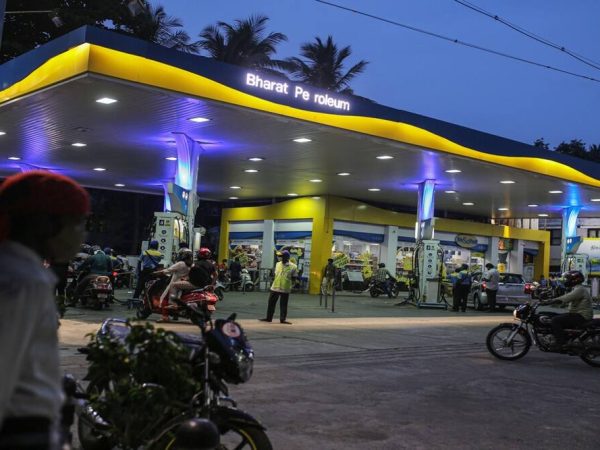
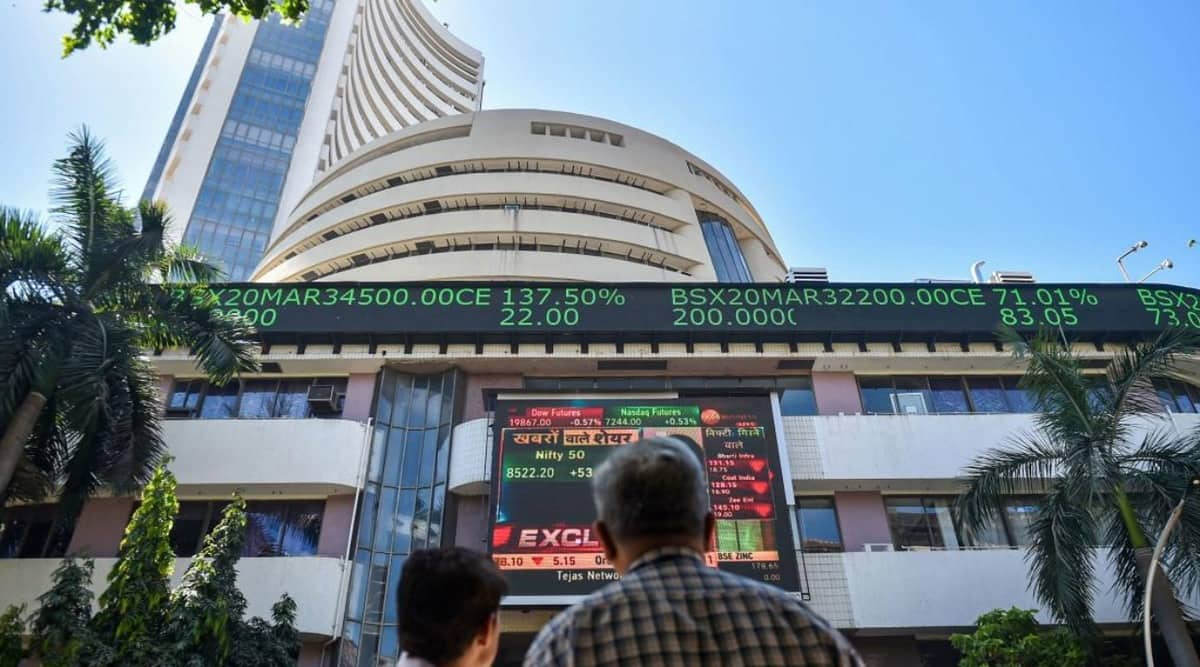
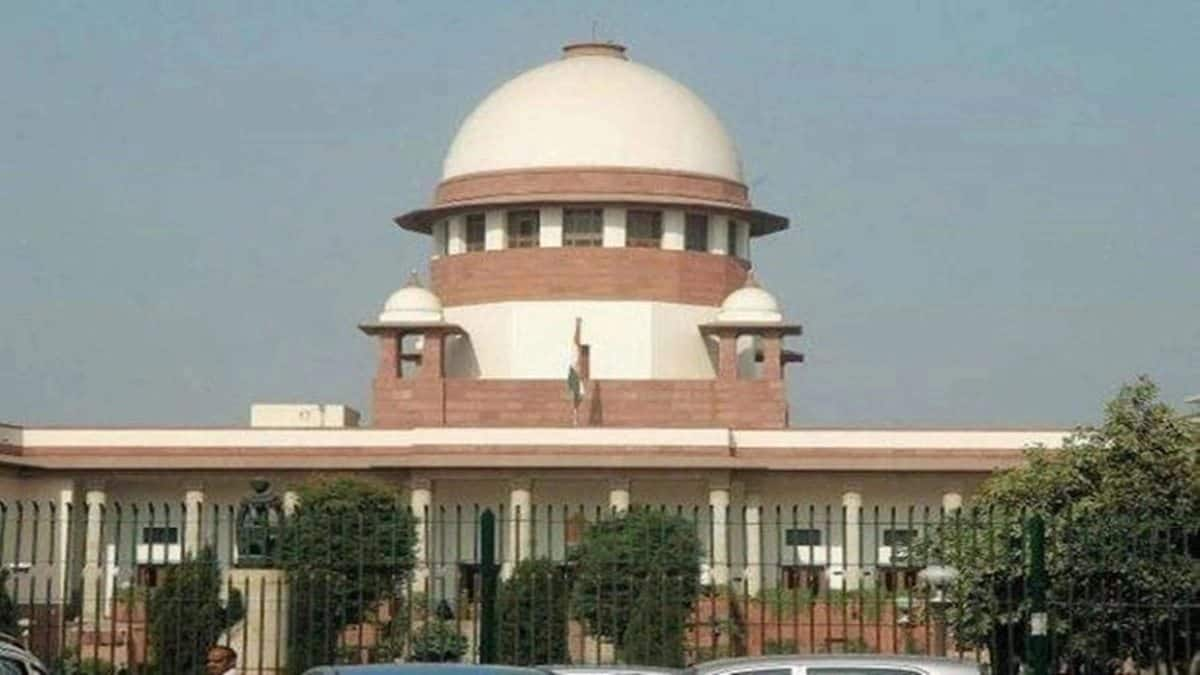
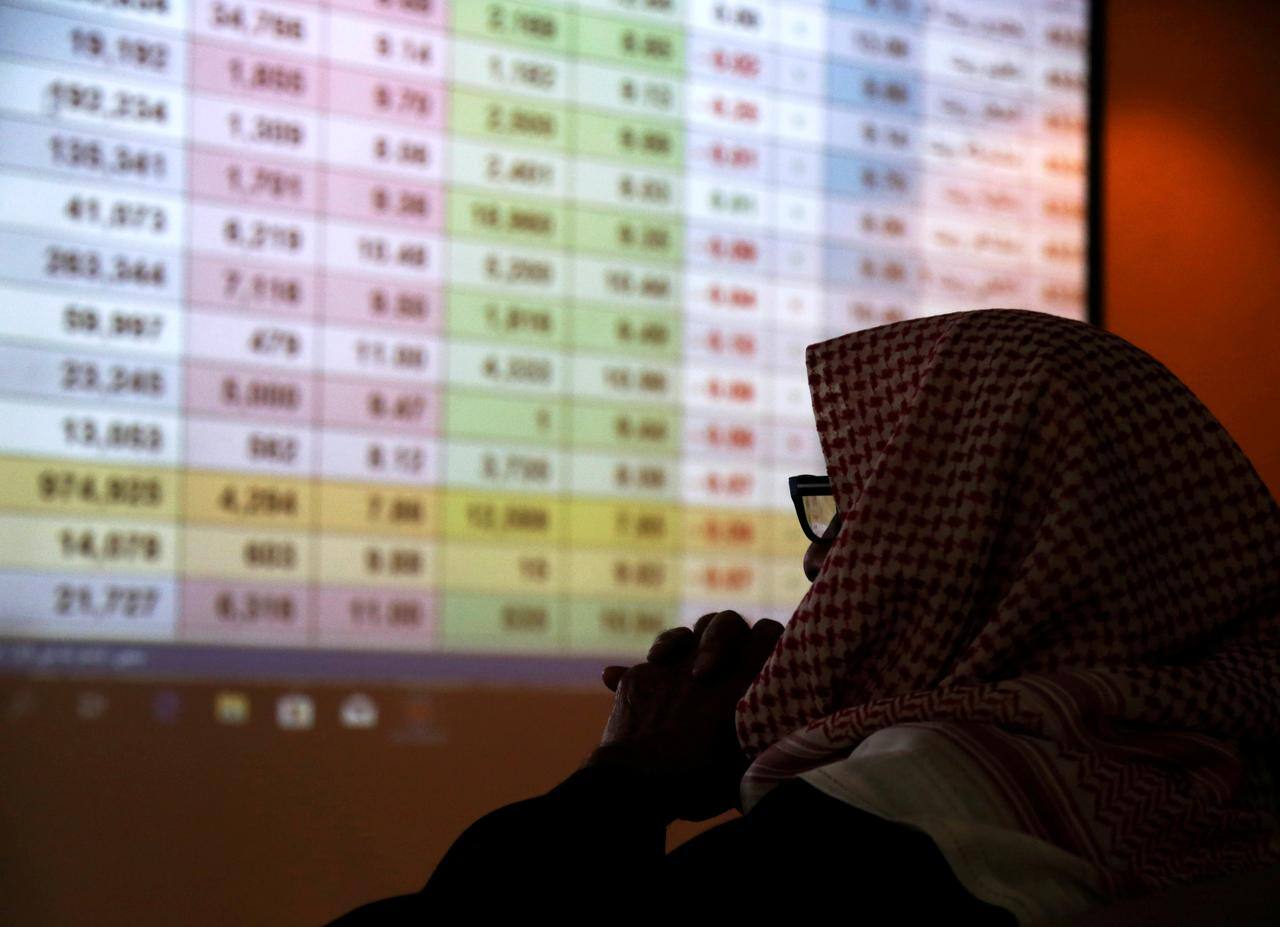
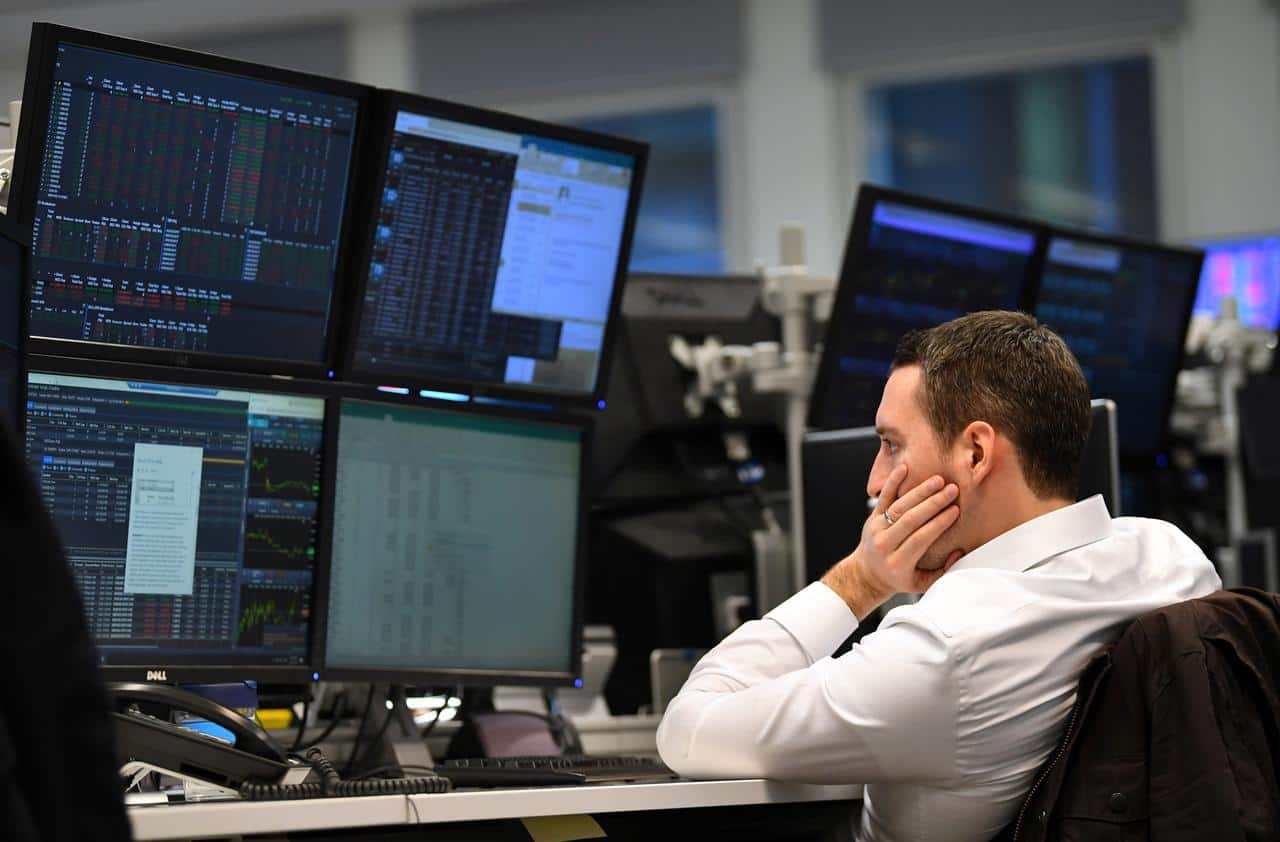
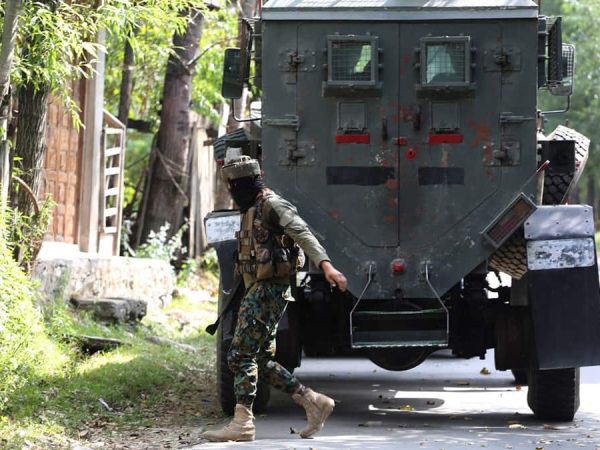




Recent Comments